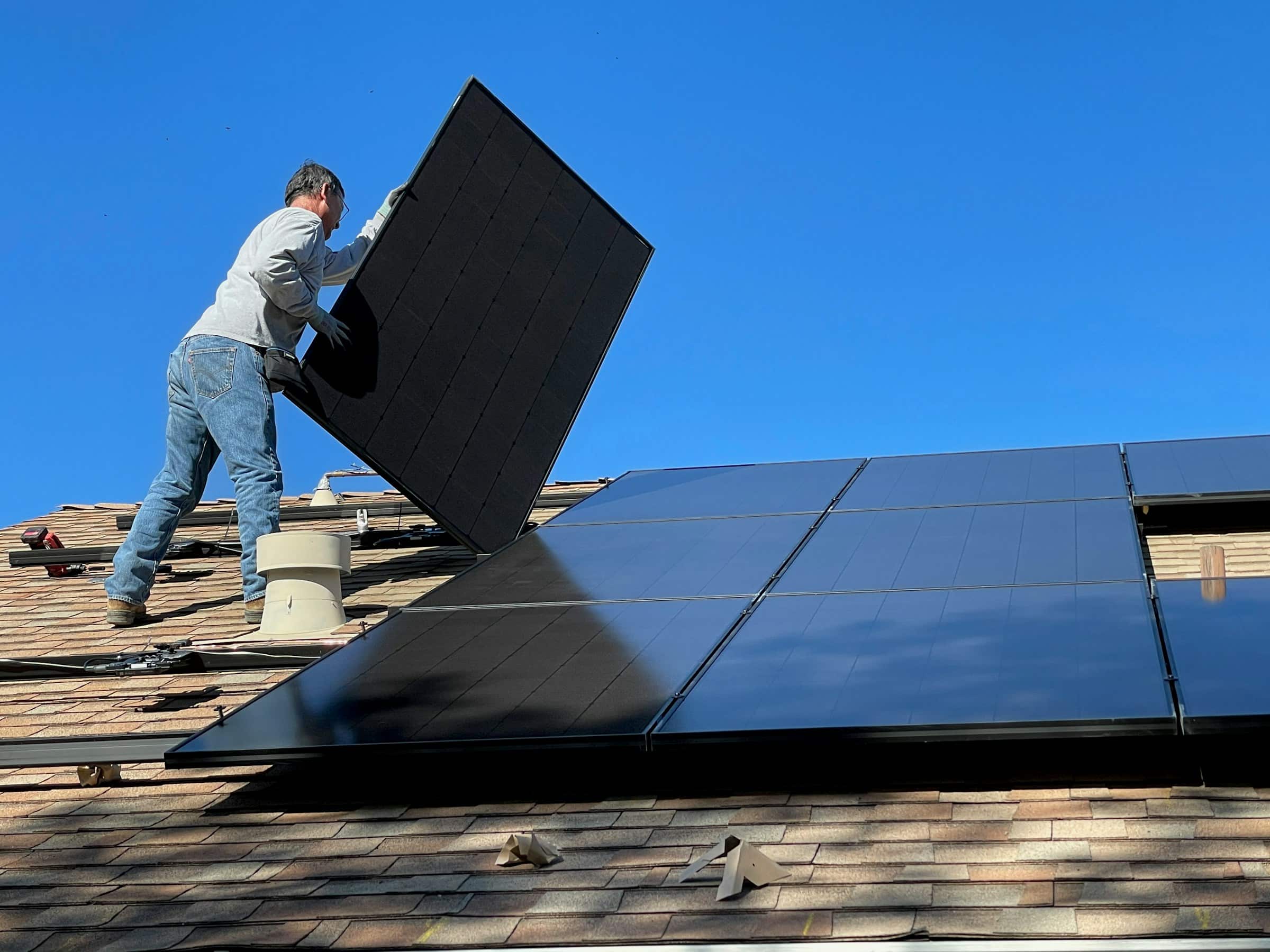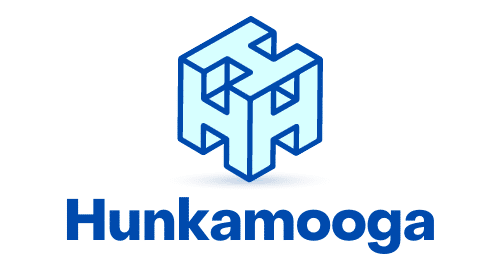How to implement cost-effective energy storage solutions in multi-unit dwellings?

Cost-effective energy solutions are essential in our modern age, where the demand for power is ever-increasing, and the need for sustainable and efficient practices is imperative. Multi-unit dwellings such as apartments, condominiums, and housing programs present a unique challenge when it comes to energy usage and management. Traditional methods of energy supply may not meet the needs of these buildings or may lead to inefficiencies and higher costs.
This article aims to explore how modern storage solutions, particularly battery energy storage systems (BESS) and solar power, can be integrated into multifamily buildings to improve energy efficiency and cost-effectiveness. The discussion will largely revolve around the use of lithium-ion batteries, widely considered the most promising technology for energy storage.
Additional reading : What strategies can maximize occupancy rates in vacation rental properties post-pandemic?
The Increasing Importance of Energy Storage
The concept of energy storage in a building is not new. However, the pressing need for cost-effective, efficient, and sustainable energy solutions has given it renewed importance. Storage systems allow you to not just consume energy, but to manage it better by storing excess power and using it when needed. This leads to better efficiency and reduced dependence on grid power, which can be costly and unsustainable.
A significant player in the energy storage scene is the Battery Energy Storage System (BESS). The foundation of BESS is the battery, and the most popular and effective type of battery for this purpose is the lithium-ion battery. Known for its high energy density, lithium-ion batteries can store substantial amounts of energy without taking up too much space, making them ideal for multi-unit dwellings.
Also to discover : What are the economic benefits of converting vacant office space into housing in urban areas?
Implementing Battery Energy Storage Systems in Multifamily Buildings
BESS can be a boon for multifamily buildings. By storing excess energy produced during off-peak hours for use during peak hours, these systems can reduce the cost of electricity and improve the efficiency of the building’s energy usage.
The implementation of a BESS in a multifamily building involves several steps. First, it is necessary to conduct a thorough energy audit of the building to understand its energy needs and usage patterns. This analysis will guide the design of the BESS, including the size and capacity of the battery system required.
Next, the BESS must be properly integrated with the building’s existing energy system. This involves connecting the batteries to the building’s power grid and ensuring they are appropriately controlled and managed. This might require the installation of a new energy management system or the modification of the existing one.
Leveraging Solar Power for Renewable Energy
Supplementing your BESS with a solar power system can further enhance its efficiency and cost-effectiveness. Solar power is a renewable source of energy, and it can lower your dependence on the grid, thereby reducing energy costs.
The implementation of a solar power system involves the installation of solar panels on the building’s roof or other suitable surface, and the integration of the system into the building’s power grid. Similar to the BESS, the design of the solar power system must be based on an energy audit and tailored to the specific needs of the building.
To optimize the benefits of a solar power system, you should consider coupling it with a BESS. This combination allows the excess power produced by the solar panels during the day to be stored and used during the night or other periods of low solar power production.
Enhancing Efficiency with Smart Water Heating Systems
Another area where energy storage can play a significant role is in water heating. A significant portion of a building’s energy usage goes towards heating water, and this can be a significant cost driver.
Implementing a smart water heating system can help to manage this energy usage better. This system uses a variety of technologies, including insulated storage tanks, high-efficiency heaters, and intelligent controls, to heat and store water in a more efficient manner.
Smart water heaters can be integrated with a BESS or a solar power system to further enhance their efficiency. For instance, they can be programmed to heat water during off-peak hours or when solar power production is high, thereby maximizing the use of cheap or renewable energy.
Government Programs and Incentives
Finally, it’s worth noting that there are various government programs and incentives that can support the implementation of energy storage solutions in multifamily buildings. These programs can offer financial assistance, tax credits, or other benefits to building owners who invest in energy storage or renewable energy systems.
It is advisable to seek out and take advantage of these programs, as they can significantly offset the cost of implementing these systems and make them more financially viable. By doing so, you can ensure that your building remains energy efficient, cost-effective, and sustainable for the long term.
Energy Performance Optimization and Energy Savings
Energy performance optimization is a critical aspect of implementing energy storage solutions in multifamily buildings. It involves all activities aimed at improving the energy efficiency of the building, reducing energy consumption, and consequently, energy costs. When coupled with energy savings efforts, these optimizations can result in dramatic improvements in both cost-effectiveness and sustainability.
A major component of energy performance optimization is the use of lithium-ion batteries in battery energy storage systems (BESS). Lithium-ion batteries offer a high energy density and long lifespan, making them an ideal choice for energy storage. They are capable of storing large amounts of energy, thus reducing the building’s dependence on the grid, especially during peak energy demand periods.
Another integral part of energy performance optimization is the implementation of solar power systems for renewable energy. Solar power systems capture the sun’s energy and convert it into usable electricity, reducing the need for grid power. When solar power systems are coupled with a BESS, the excess energy produced during daylight hours can be stored for use during periods of low solar power production, essentially turning the building into a self-sufficient unit.
Beyond these, energy performance optimization also includes improving insulation, using energy-efficient appliances, and upgrading heating and cooling systems to more efficient models. All these measures, when implemented together, can significantly improve the energy performance of the building, resulting in substantial energy savings and cost reduction.
Conclusion: The Future of Energy in Multifamily Housing
The future of energy in multifamily housing is set to be significantly different from what we see today. With the increasing emphasis on sustainability and the growing necessity for cost-effectiveness, traditional energy sources are set to give way to more innovative and efficient solutions.
Energy storage systems, especially those using lithium-ion batteries, are at the forefront of this transformation. They hold the promise of reducing dependence on the grid, optimizing energy usage, and lowering energy costs. Coupled with renewable energy sources like solar power, they are poised to revolutionize the energy landscape in multifamily housing.
Moreover, the adoption of smart appliances, such as smart water heating systems, will further enhance energy efficiency and cost-effectiveness. As technology advances, we can expect to see more innovative solutions being implemented, leading to even greater energy savings and sustainability.
Government programs and incentives will also play a crucial role in facilitating this transition. By providing financial assistance and other benefits, these programs can make it more affordable for building owners to invest in these sustainable and efficient energy solutions.
In conclusion, the path to cost-effective energy solutions in multifamily dwellings involves a comprehensive approach that includes implementing energy storage systems, leveraging renewable energy, enhancing energy performance, and taking advantage of government programs and incentives. By adopting these strategies, we can ensure that our buildings remain energy-efficient, cost-effective, and sustainable for the long term.
